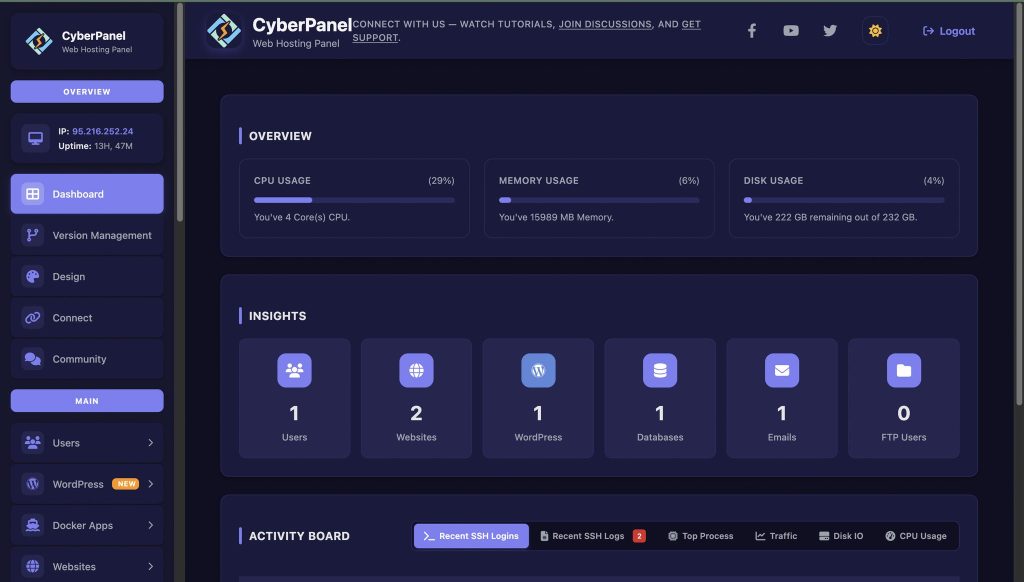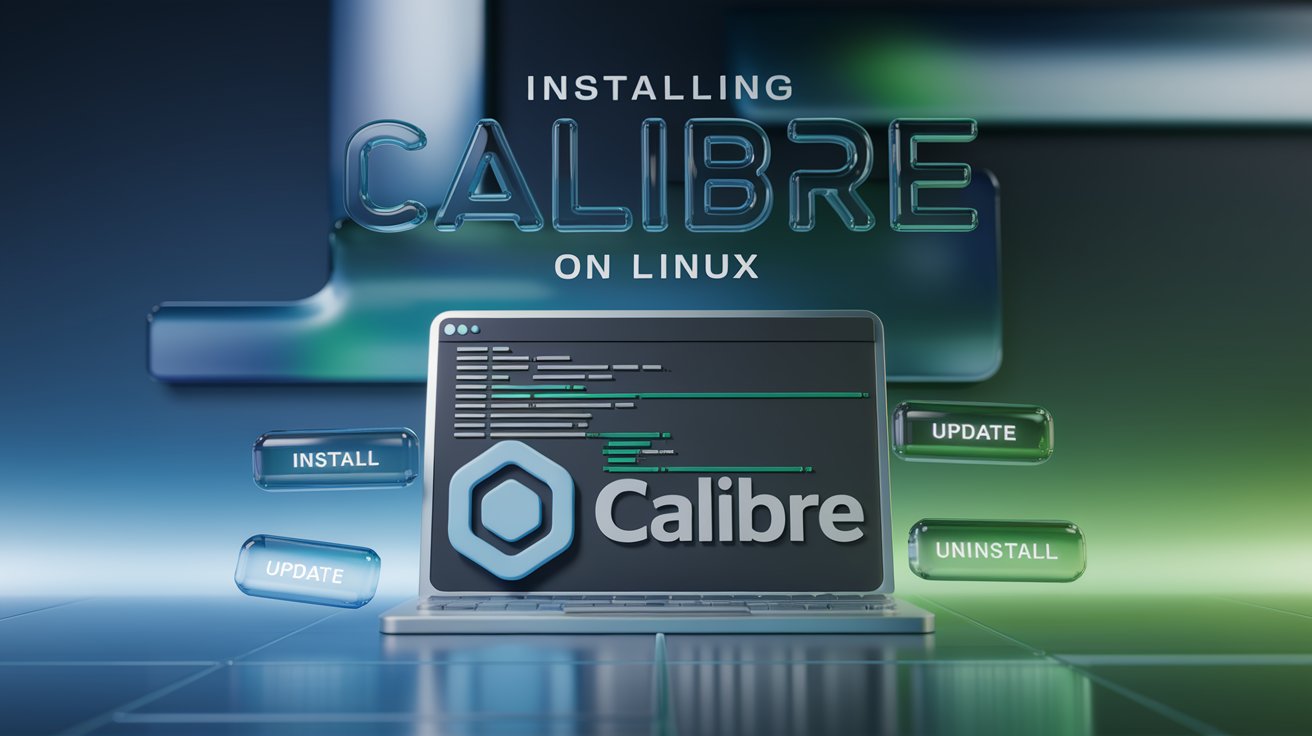Are you the one who loves reading eBooks regularly? If yes, you have definitely heard about Calibre. It is one of the most powerful open-source eBook management tools. You can face challenges while installing Calibre version on Linux. Especially when dealing with dependencies, package managers, or updates. Linux is not like Windows or macOS, it requires some extra steps to get Calibre installed correctly.
In this tutorial, we are going to learn everything you need to know. We will learn how to install, update, and uninstall (when needed) Calibre on Linux. Moreover, you will find solutions to common errors and installation methods across different distributions and step-by-step commands.
Let’s install Calibre version on Linux together!
Why Choose Calibre on Linux?
Calibre is famous for use on Linux because it is open-source and lightweight. It supports thousands of eBook formats. It also integrates well with scripting and automation, making it a perfect choice for Linux users who want complete control over their eBook library.
How to Install Calibre on Linux?
Here is the command for installing Calibre version on Linux:
# Download and install Calibre
sudo -v && wget -nv -O- https://download.calibre-ebook.com/linux-installer.sh | sudo sh /dev/stdin
Output:
Get exclusive access to all things tech-savvy, and be the first to receive
the latest updates directly in your inbox.
Installing Calibre...
Calibre 7.x.x successfully installed
After installing it, you can launch it using the following command:
calibre
Installing Calibre Version on Linux via Package Manager
While the official script is recommended, some distributions also provide Calibre in repositories:
| Distribution | Command |
|---|---|
| Ubuntu/Debian | sudo apt install calibre |
| Fedora/RHEL | sudo dnf install calibre |
| Arch Linux | sudo pacman -S calibre |
Note: Repo versions may be outdated. The official script ensures the latest version.
How to Update Calibre on Linux?
You have to run simply the official installation command to update to the latest version:
sudo -v && wget -nv -O- https://download.calibre-ebook.com/linux-installer.sh | sudo sh /dev/stdinHow to Uninstall Calibre on Linux?
If you installed Calibre using the official script, uninstall it with:
sudo calibre-uninstall
For package manager installations, run the respective command:
- Ubuntu/Debian:
sudo apt remove calibre - Fedora/RHEL:
sudo dnf remove calibre - Arch Linux:
sudo pacman -R calibre
Common Errors & Solutions
Here are a few common issues and their solutions:
- Error: calibre command not found → Add
/opt/calibre/to your PATH. - Missing dependencies → Run
sudo apt update && sudo apt upgradebefore installation. - Older version installed from repo → Uninstall it, then reinstall using the official script.
Role of CyberPanel with Calibre

CyberPanel is a next-gen web hosting control panel. If you manage an eBook server or host a Calibre content server, CyberPanel is here for you. CyberPanel can be used to configure secure hosting with SSL, manage domains, and streamline server management. With ngrok or CyberPanel’s firewall integration, you can expose your Calibre server for remote access safely.
People Also Ask
Can I use Calibre for free on Linux?
Yes, Calibre is 100% free and open-source. You can download, install, and update it without paying any fees.

Can I run Calibre on headless Linux servers?
Yes, you can use Calibre’s command-line tools on headless servers to manage eBooks, convert formats, or run a content server.
Does Calibre support Kindle and Kobo devices on Linux?
Yes, Calibre supports syncing with most eReaders, including Kindle, Kobo, and Nook, through USB or network connections.
How do I reset Calibre settings on Linux?
Delete the configuration directory located at ~/.config/calibre/ to reset settings.
Final Thoughts!
To sum up, installing Calibre version on Linux is simple. Whether you are using the official installer or package manager, you can get Calibre in minutes. It’s one of the best tools for managing eBook libraries, converting formats, and syncing with devices. If you ever face issues, troubleshooting steps like updating your PATH or reinstalling via the script can solve most problems.
Ready to experience full control over your eBook collection? Install Calibre on your Linux system today!



